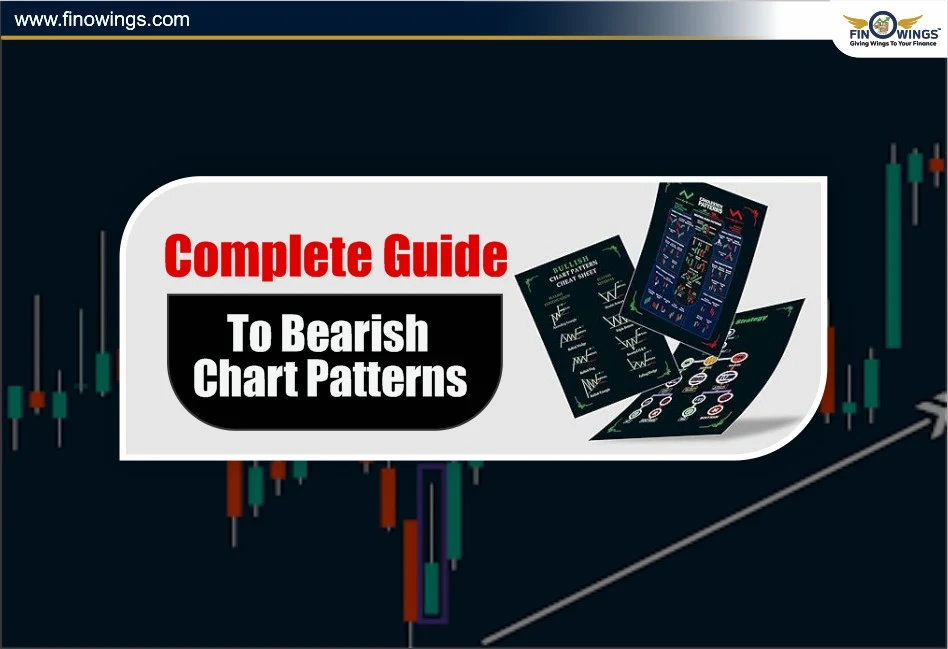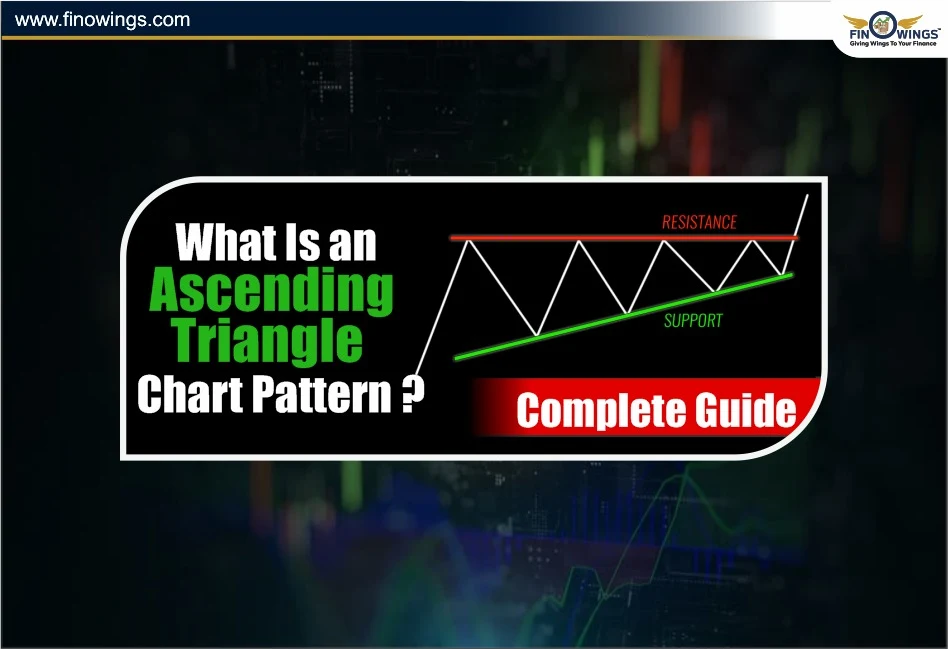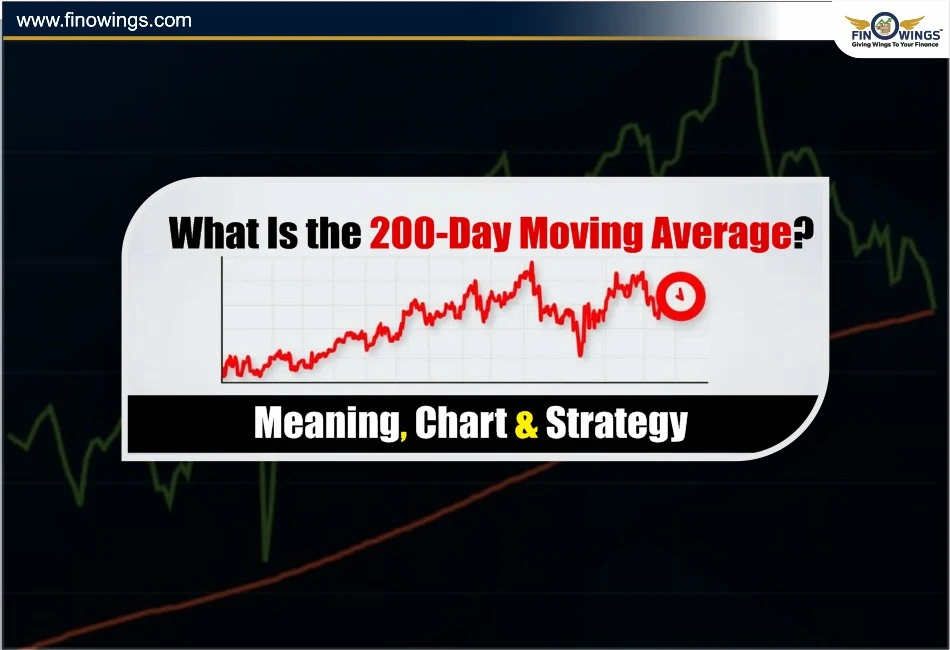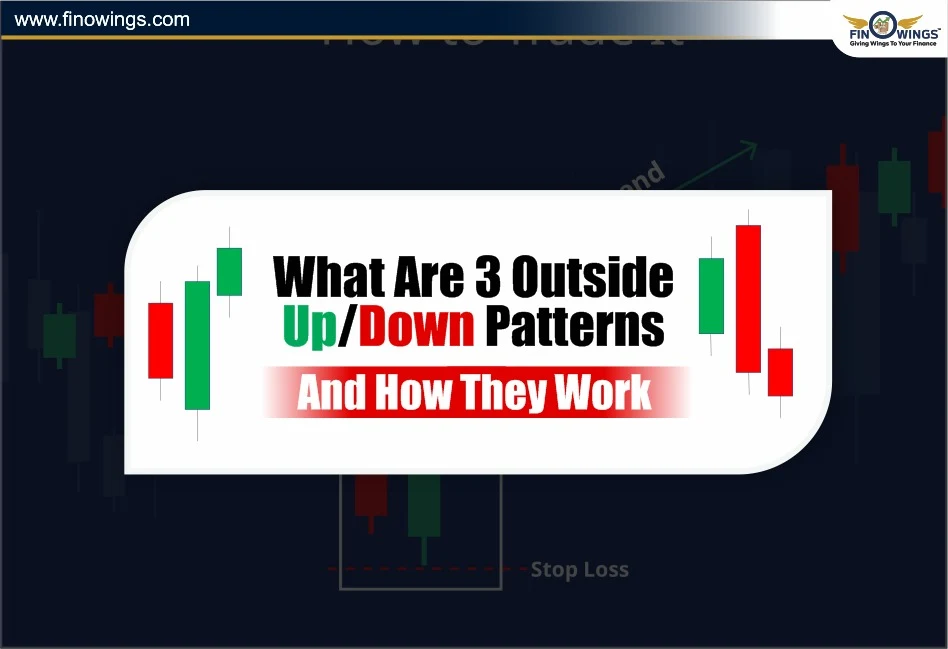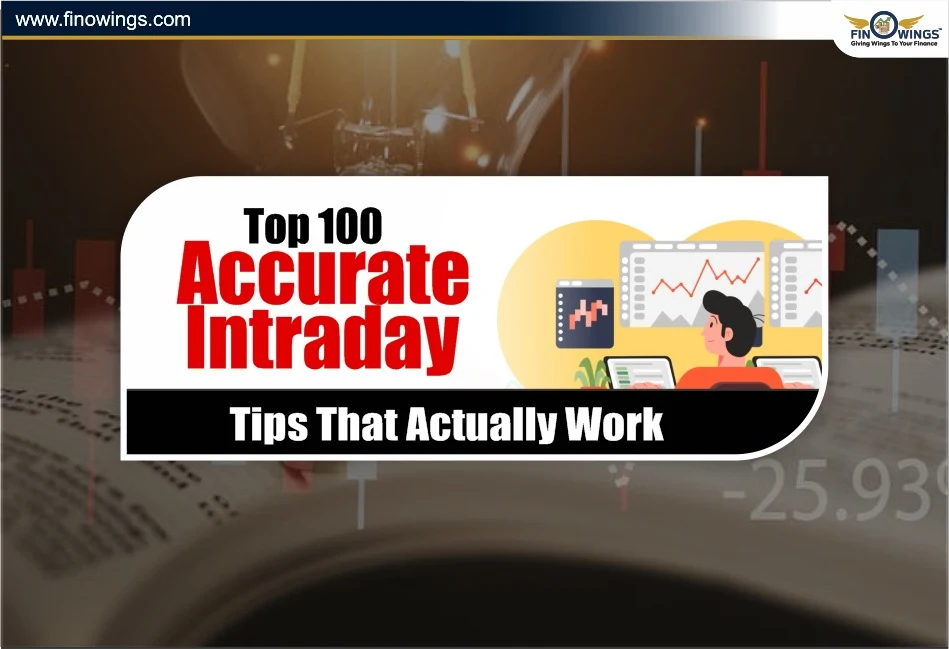Home >> Blog >> What is a Bid-Ask Spread and How It Affects Your Trades
What is a Bid-Ask Spread and How It Affects Your Trades
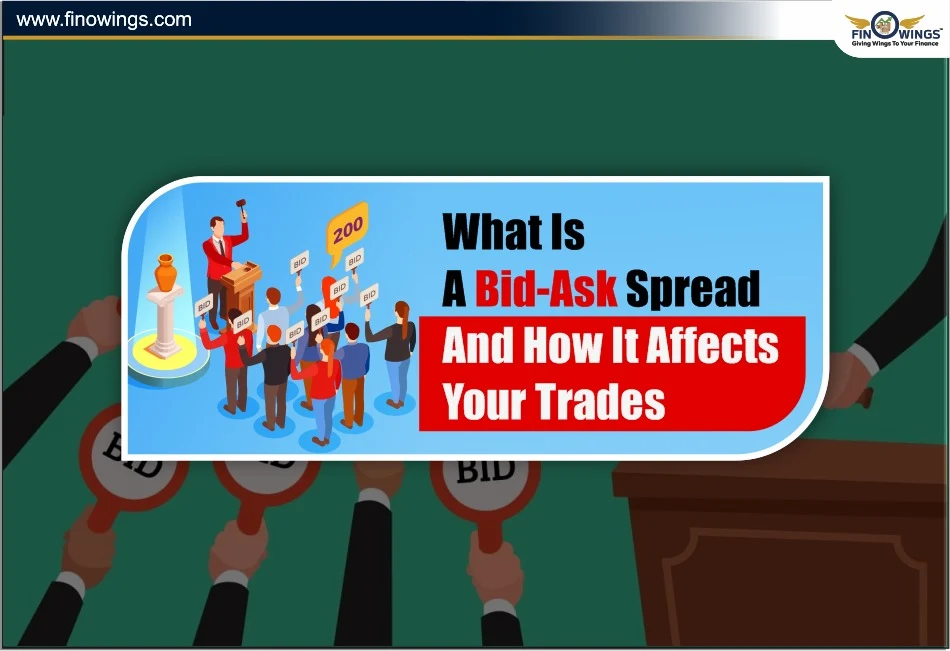
Table of Contents
- Understanding Bid Price and Ask Price
- Example of Bid and Ask Prices
- Bid Ask Spread Meaning in Stock Market
- Bid Ask Spread Formula
- Why Does the Bid-Ask Spread Exist?
- How Bid-Ask Spread Affects Your Trades
- Bid Price and Ask Price in Stock Market Orders
- Factors Influencing the Bid-Ask Spread
- Reducing the Impact of Bid-Ask Spread
- Conclusion
When trading stocks, forex, or commodities, it is crucial-yet frequently disregarded comprehend the bid-ask spread. For all investors, from beginners to active traders, this is essential. Understanding what this spread represents may help improve trading decisions and help avoid unnecessary losses.
This guide will cover bid and ask price meaning, present a bid and ask price example, discuss the bid ask spread formula, and explain the impact on and profitability in the stock market.
Understanding Bid Price and Ask Price
Before analysing spread, it is important to know the two main components of a spread: bid price and ask price.
Bid Price: The highest price a buyer will pay for a stock.
Ask Price: The lowest price a seller will accept for the same stock.
The difference between these two prices is the bid-ask spread.
The bid price shows the buyer’s offer and the ask price shows the seller’s price expectation. Together, these two prices determine the market price at which the stock is traded.
Example of Bid and Ask Prices
Let’s go through an example of bid and ask prices in real life:
Imagine stocks of Reliance Industries show the following trades:
Bid Price: Rs. 2500
Ask Price: Rs. 2502
The bid ask spread difference is Rs. 2.
This signifies that buyers wish to purchase the stock for 2500 and sellers wish to sell for 2502. The difference of 2 is the cost of liquidity. This is the cost incurred by the traders to instantaneously sell a stock or buy one.
If you place a market buy order, you will buy for 2,502. If you sell instantly, you will get 2,500. This difference of 2 is your transaction cost for the spread.
Bid Ask Spread Meaning in Stock Market
So what is the bid ask spread meaning? The bid ask spread signifies the market activity and liquidity. For a narrow spread activity is high in the market. For a widespread market activity is very low.
In conclusion, smaller spreads suggest lower trading expenses and a more effective trading procedure.
Bid Ask Spread Formula
The bid ask spread formula can be expressed simply as:
Bid-Ask Spread = Ask Price – Bid Price
For comparison purposes across different stocks, it is also common to express it as a percentage:
Spread (%) = (Ask Price – Bid Price) / Ask Price × 100
Example:
Bid = Rs. 100 and Ask = Rs. 101.
Spread = Rs. 1 or 0.99%
This spread expressed as a percentage, is important for traders as it is a measure of liquidity, with lower spreads indicating more liquid stocks.
Why Does the Bid-Ask Spread Exist?
-
The existence of a spread is due to the differences in supply and demand.
-
The means of a buyer is that they want the price as low as possible.
-
The means of a seller is that they want the price as high as possible.
-
This difference in demand is what compensates market makers for their efforts. Market makers are brokers who facilitate trades, buying at the bid price and selling at the ask price.
-
Additionally, when uncertainty and risk are higher, the market spreads are volatile and widen.
How Bid-Ask Spread Affects Your Trades
For both investors and day traders, understanding how bid-ask spreads work is key.
Here’s why:
1. Impacts Entry and Exit Costs- Losing the spread amount is inevitable when you buy at the ask and sell at the bid. For short-term traders, the spread can take a considerable chunk out of your profits when trading frequently.
For example, trading a stock with a Rs. 2 spread and buying and selling 100 shares would incur a total of Rs. 200 in spread-related loss. That’s quite steep, wouldn’t you agree?
2. Determines Market Liquidity- If you see narrow spreads, you know that the market is active. You can enter or exit the market and lose minimal amounts. If the spreads are wide, fewer trades are in the market. This can be problematic for a day or swing trader, as they lose the ability to exit a trade quickly.
3. Affects Volatility- Wider spreads are a sign of market volatility. In order to guard against unpredictability and severe price fluctuations, dealers raise spreads during these periods.
4. Affects Various Trader Types- Because they may enter and exit positions fast, scalpers and intraday traders prefer extremely liquid markets. Long-term investors generally don’t have to be concerned since small spreads aren’t going to affect their long-term returns.
Bid Price and Ask Price in Stock Market Orders
When placing an order in the stock market, you typically have two primary options:
1. Market Orders: You buy at the current market ask price and sell at the current market bid price. It’s an instantaneous transaction but with a cost to you, and you don’t get to decide the price.
2. Limit Orders: You get to specify a price at which you want to trade. For instance, you could place a buy order for Rs. 2,501 instead of Rs. 2,502, and your trade will execute if the market price reaches the one you specified. It helps reduce the impact of the spread, but execution is likely to be delayed.
Factors Influencing the Bid-Ask Spread
Numerous things can change the amount of the bid-ask spread.
For example:
1. Liquidity of the Stock: Common stocks have small spreads.
2. Volatility: Spread widening occurs during periods of exceptionally high volatility.
3. Volume of Trades: Higher spread tightening occurs with competitive volume.
4. Market Maker Activity: The addition of market makers enhances spread reduction.
5. Time of Day: The spreads during the opening and closing of the market can widen.
Reducing the Impact of Bid-Ask Spread
-
Trade highly liquid stocks or ETFs.
-
Instead of using market orders, use limit orders.
-
Steer clear of trading during the opening and closing hours of the turbulent market.
-
Before making any transactions, keep an eye on the spreads in real time.
-
When spreads are smaller, think about trading in the middle of the session.
Explore our complete guide to bearish Chart Patterns to advance your technical trading abilities beyond spreads. It covers effective reversal setups that assist traders in identifying bearish trends early.
Conclusion
When trading stocks or commodities knowing what the bid-ask spread is, how it's calculated using the formula, and how to recognize liquidity signals can all help you trade more successfully. In short every trader should watch the spread as closely as they watch the price. It’s not just a number; it’s the hidden cost of every trade.
DISCLAIMER: This blog is NOT any buy or sell recommendation. No investment or trading advice is given. The content is purely for educational and information purposes only. Always consult your eligible financial advisor for investment-related decisions.





